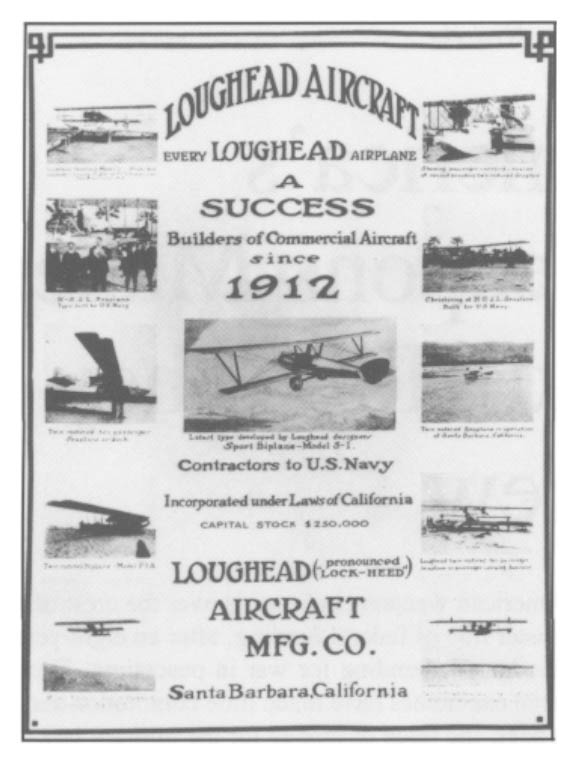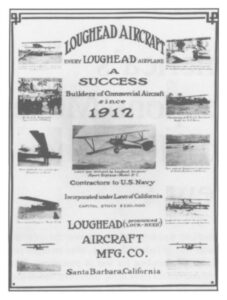The American weapons industry is over the crest of another roller-coaster ride of federal funding, after an eight-year climb to unprecedented spending for war in peacetime. Though the Presidential candidates have made little commotion about what happens next, the issue of money for the military lurks around the next bend in the nation’s troubled economy.
There have been so many twists and turns in this debate–from John Kennedy’s “missile gap” to Ronald Reagan’s “evil empire”–that ordinary people may wonder where the tangible parts are. Meanwhile, building weapons has become one of the identifying features of our society, like skyscrapers and computers. How did this get started? Are we any better today at managing such a perilous but coveted business than 25 years ago? Than 75 years ago?
Most discussions about the modern weapons industry use the 1950’s as a starting point. East-West tensions and the spread of nuclear arms caused World War II combat merchants to continue thriving, instead of withering as was the usual course after major conflicts. But the rise of some of the greatest American weapons-building fortunes–the ones with family names almost as familiar nowadays as Ford–traces back to the first decades of the century, when machines that could fly became foremost instruments of war.
At such distance, both chronological and technological, from the early years of flight, it is impossible to conjure the astonishment that accompanied the invention of airplanes and their public demonstration. Perhaps the appearance of a practical time machine today would cause the same incredulity and mass sensation. When the Wright brothers, Glenn Curtiss, Glenn Martin and other inventors flew their frail, unstable devices at exhibitions, the crowds screamed and cried and rushed the “birdmen” as though they were archangels. As late as 1910, seven years after the first powered flight, a crowd watching an exhibition in Denver by a member of the Wrights’ team of pilots ripped souvenirs from his plane after a horrendous crash and stole the gloves from his dead hands before police cleared the site. Seeing a man in the air aboard one of these machines was apparently a paroxysmal experience for many people, a raw confrontation with the power of technology that we can no longer feel.

Coupled with this emotion was the peculiar fact, at least by present standards, that the inventors were self-educated rubes. The solution to the ancient problem of human flight did not come from a scientific or engineering elite, but from provincial mechanics–as though the Maytag man were to perfect the time machine. Attacking the problem successfully seems to have required a combination of naivete and shop-floor sense that lay outside professional circles. Wilbur and Orville Wright were small-town Ohio bicycle makers. Glenn Curtiss raced motorcycles in an Upstate New York village that is still remote today. Glenn Martin was the son of an Iowa hardware store clerk and made kites for townsfolk.
In essence, then, a feat of extraordinary psychological impact and unfathomable military importance was in very modest hands at first. They could be conned, as Curtiss was by the charlatan Augustus Herring, who traded (nonexistent) patents predating the Wrights’ for Curtiss’s entire manufacturing facility. And they could be eclipsed by international financial powers, as Orville Wright was after Wilbur’s death in 1912. They were also eager to hand their miracle over to the army for the right price, a process which began right from the start and blossomed during World War I to controlling proportions.
As with so much else about 20th century warfare, American military aviation has its roots in the Civil War, when the Union Army’s Signal Corps used balloons for observing the battlefield. By the late1890’s both the French and the American governments had sponsored tests of flying machines for warfare, the French losing a half-million francs and the Americans some $50,000 in the embarrassing process. (Orville Wright once estimated the cost of privately developing the Wright Flyer at about $1,000). By the end of 1904, the Wrights felt confident enough with their invention to start looking for buyers. The very first place they turned to was the War Department in Washington. Supposedly they subscribed to the theory that scouting planes would end all wars by making it impossible for armies to maneuver by surprise. Though it would take them another three years to break through the bureaucracy’s misgivings about flying machines, the seed was planted for an industry that would within Orville’s lifetime absorb many billions of dollars of the Federal treasury.
By the outbreak of war in Europe in 1914, however, American aviation as represented largely by the Wrights and Glenn Curtiss was being overtaken by European technicians. A legal battle between the Wright and Curtiss interests over patent infringements had stifled experimentation by others. But the revolutionary effect of airplanes in encouraging warfare rather than ending it led to quick advances on the Continent. By 1917, the best offer the Americans could make the Allies was to manufacture copies of European aircraft, such as the British De Havilland 4 (DH-4), a two-seater that by then was used mostly for observation, not fighting or bombing.
The nascent American aircraft industry’s role in World War I is what journalists would call a procurement “horror story” in the 1980’s. This first real test of the system that would later be called the military-industrial complex was a debacle, though it did suckle various business interests through otherwise lean times. Approximately $1.05 billion expended or obligated by Washington for aviation resulted in about 740 aircraft on the French front by November 11, 1918, according to a Congressional investigation after the war. More than 500 of these had been bought or panhandled from Allied armies; the rest were American-made DH-4’s, which were not suitable for combat engagements. In fact, they were called “flaming coffins” by the young men who had to fly them.
“War means waste and extravagance and, unless expenditures are of a questionable character, criticism does not ordinarily follow,” U.S. House of Representatives investigators wrote in a report published in 1920. “Where incompetence, inexperience, blundering, or personal interests were permitted to delay or thwart aviation production and thereby jeopardize the winning of the war with attendant unnecessary loss of lives, responsibility should be placed upon those in actual authority.”
The investigation, which comprises about 3,900 printed pages of testimony, was the first postwar critique of a system of economic production for warfare that resembles our present-day scheme. The conclusion then, as it often seems to be today, was that huge sums had been spent on a small quantity of defective equipment.
For example, more than $50 million–the equivalent of about $350 million today–was paid to the Dayton-Wright Airplane Company for production of DH-4’s. In an obvious scramble for profits, the company had been incorporated five days after the U.S. declared war on Germany, with Orville Wright as a figurehead director but not a stockholder (he had sold his business interests to a group of financiers in 1915). One of the founders of Dayton-Wright was Edward Deeds, an executive from the automotive industry who soon gained a seat on the wartime Aircraft Production Board as head of procurement. Chairman of the Board was Howard Coffin, president of the Hudson Motor Car Company, who called World War I the “greatest business proposition since time began.” Though Deeds divested himself of his Dayton-Wright holdings, he diverted enormous contracts to his associates and was eventually recommended for court-martial, an action blocked by the Secretary of War.
The Aircraft Production Board was not unique in this sort of corruption. Indeed, the method adopted by Washington for mobilizing the nation’s economy was based upon letting the most powerful businessmen fix their own markets through the War Industries Board. There was no practical distinction between public and private interests, and a lot of pockets were soon thickly lined with taxpayer’s cash. This system was seized upon in an emergency because the government itself did not possess the expertise to mobilize a civilian economy for total war. Sharp divisions between military and civilian institutions were no longer possible in this new kind of all-consuming conflict. The dividing lines are not much more clear today, though oversight is stronger, at least in theory.
The armistice came just in time to save the nation from economic chaos. Congress reacted by passing the National Defense Act of 1920, which directed the War Department to plan an entire wartime economy. Thus, the official foundation for a real military-industrial complex was laid, thirty years before the Cold War would make peace economically irrelevant.
The airplane companies and individual engineers that emerged from World War I with their youth intact had learned a crucial lesson. Military contracts could help meet the payroll even if the products that resulted were of marginal use. For the young men of the day with a passion for aviation, a War Department contract was the ticket for passage through a time when the civilian market for airplanes was iffy or nonexistent. Names that today support scores of thousands of American workers, as well as a worldwide arms market–Glenn Martin, Jack Northrop, Leroy Grumman, Donald Douglas, James McDonnell, Malcolm and Allan Loughead (soon changed to Lockheed)–each drew tickets that would eventually lead to the pinnacle of 20th century corporate power.
Too many years have passed to draw easy lessons from this history. Nonetheless, it may help simply to acknowledge that maintaining an arsenal for total war has caused special problems for our capitalist democracy for a long time. We hate to admit that war is big business, but it is. Companies that began as provincial expressions of the amazement of human flight became successful because of global war, not because they put a flying machine in everyone’s garage.
At the very least, it would seem that the 1988 Presidential candidates should admit that the Pentagon is a special economic problem. Debates over the sheer size of the Pentagon budget are beside the point as long as the political mainstream finds $300 billion a generally acceptable ballpark figure. One of the best questions is, what do we get for this much money besides a thriving defense industry? What about military strategy, hardware and personnel? The answer is as crucial today as it was in 1918–and probably not a bit more reassuring.
©1988 Wayne Biddle
Wayne Biddle, a freelance writer, is reporting on defense spending from World War I to Star Wars.

